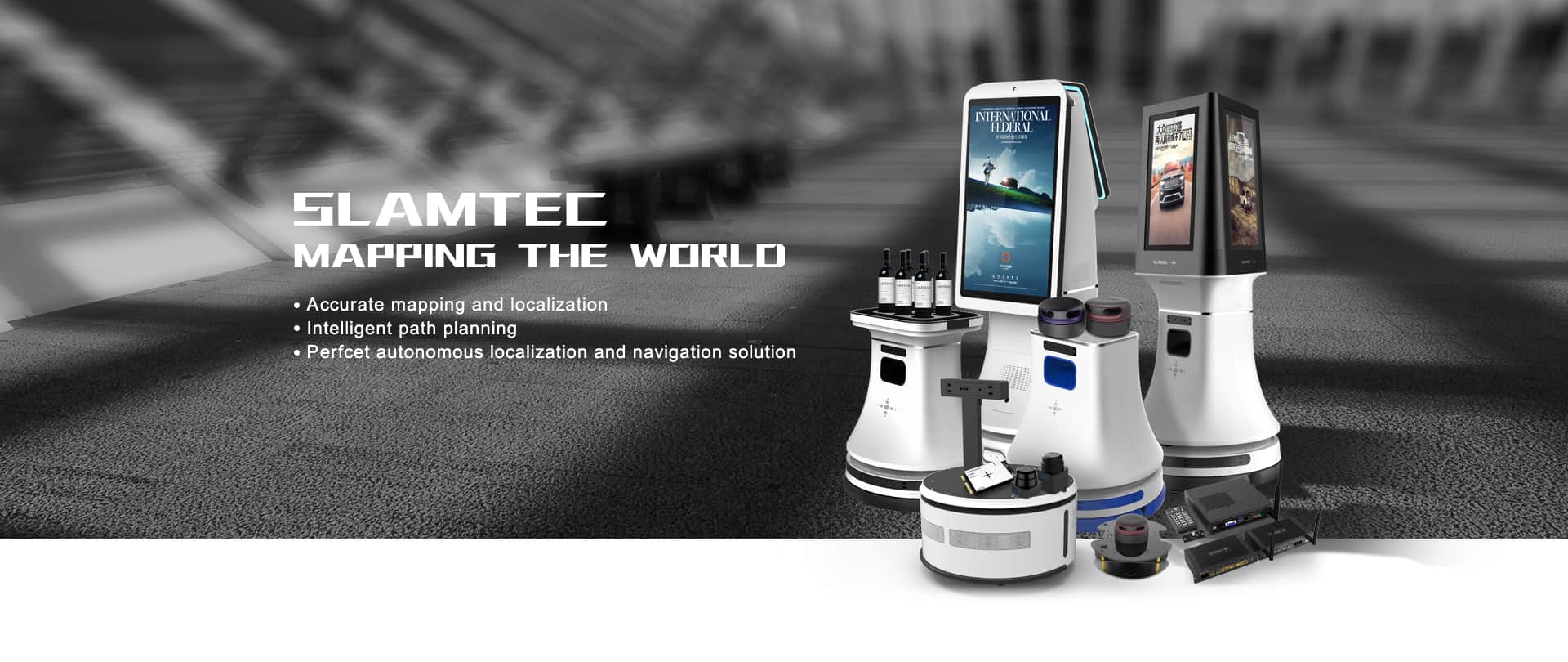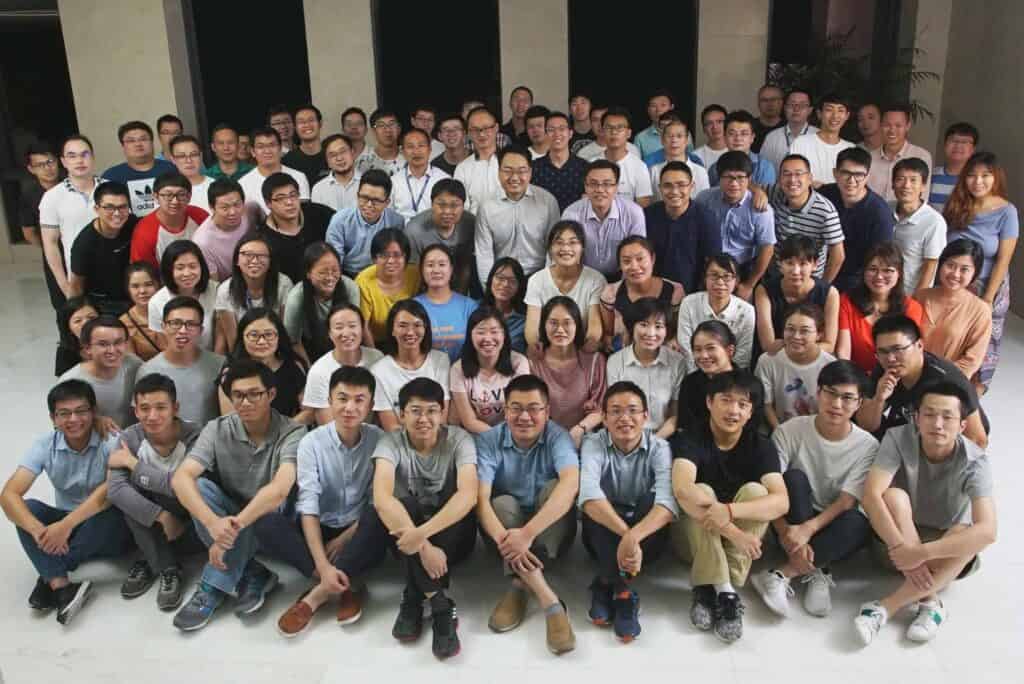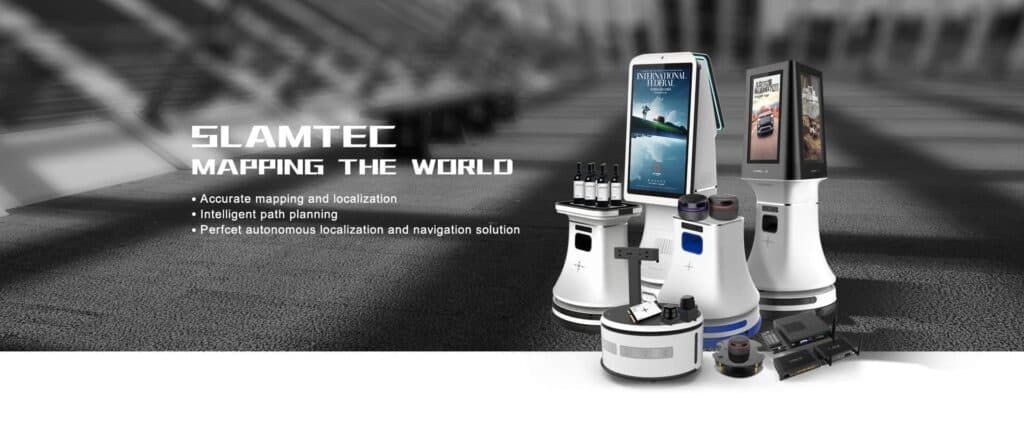
Slamtec chose cloud native to sustain velocity in the fast-moving robotics space
Challenge
Founded in 2013, Slamtec provides service robot autonomous localization and navigation solutions. The company’s strength lies in its R&D team’s ability to quickly introduce, and continually iterate on, its core products. In the past few years, the company, which had a legacy infrastructure based on Alibaba Cloud and VMware vSphere, began looking to build its own stable and reliable container cloud platform to host its Internet of Things applications.
Solution
Slamtec chose Kubernetes for orchestration. “CNCF brings quality assurance and a complete ecosystem for Kubernetes, which is very important for the wide application of Kubernetes,” says Benniu Ji, Director of Cloud Computing Business Division. Thus Slamtec decided to adopt other CNCF projects as well: Prometheus monitoring, Fluentd logging, Harbor registry, and Helm package manager.
Impact
With the new platform, Ji reports that Slamtec has experienced “18+ months of 100% stability!” For users, there is now zero service downtime and seamless upgrades. The microservice configuration and maintenance efforts were reduced by 50%. With centralized metrics monitoring and log aggregation provided by Prometheus on Fluentd, teams are saving 50% of time spent on troubleshooting and debugging. Harbor replication has allowed production/staging/testing environments to cross public cloud and the private Kubernetes cluster to share the same container registry, resulting in 30% savings of CI/CD efforts.
By the numbers
Configuration and maintenance
Of microservices reduced by 50%
Troubleshooting and debugging
50% time savings using Prometheus and Fluentd
Zero service downtime and seamless upgrades
Founded in 2013, Slamtec provides service robot autonomous localization and navigation solutions.
In this fast-moving space, the company built its success on the ability of its R&D team to quickly introduce, and continually iterate on, its core products.
To sustain that development velocity, the company over the past few years began looking to build its own stable and reliable container cloud platform to host its Internet of Things applications. With a legacy infrastructure based on Alibaba Cloud and VMware vSphere, Slamtec teams had already adopted microservice architecture and continuous delivery, for “fine granularity on-demand scaling, fault isolation, ease of development, testing, and deployment, and for facilitating high-speed iteration,” says Benniu Ji, Director of Cloud Computing Business Division. So “our needs for the cloud platform included high availability, scalability and security; multi-granularity monitoring alarm capability; friendliness to containers and microservices; and perfect CI/CD support.”
After an evaluation of existing technologies, Ji’s team chose Kubernetes for orchestration. “CNCF brings quality assurance and a complete ecosystem for Kubernetes, which is very important for the wide application of Kubernetes,” says Ji. Plus, “avoiding binding to an infrastructure technology or provider can help us ensure that our business is deployed and migrated in cross-regional environments, and can serve users all over the world.”


Thus Slamtec decided to adopt other CNCF projects as well. “We built a monitoring and logging system based on Prometheus and Fluentd,” says Ji. “The integration between Prometheus/Fluentd and Kubernetes is convenient, with multiple dimensions of data monitoring and log collection capabilities.”
The company uses Harbor as a container image repository. “Harbor’s replication function helps us implement CI/CD on both private and public clouds,” says Ji. “In addition, multi-project support, certification and policy configuration, and integration with Kubernetes are also excellent functions.” Helm is also being used as a package manager, and the team is evaluating the Istio framework. “We’re very pleased that Kubernetes and these frameworks can be seamlessly integrated,” Ji adds.
“CNCF brings quality assurance and a complete ecosystem for Kubernetes, which is very important for the wide application of Kubernetes.”
— BENNIU JI, DIRECTOR OF CLOUD COMPUTING BUSINESS DIVISION AT SLAMTEC
With the new platform, Ji reports that Slamtec has experienced “18+ months of 100% stability!” For users, there is now zero service downtime and seamless upgrades. “We benefit from the abstraction of Kubernetes from network and storage,” says Ji. “The dependence on external services can be decoupled from the service and placed under unified management in the cluster.”
Using Kubernetes and Istio “significantly reduced the microservice configuration and maintenance efforts by 50%,” he adds. With centralized metrics monitoring and log aggregation provided by Prometheus on Fluentd, teams are saving 50% of time spent on troubleshooting and debugging. Harbor replication has allowed production/staging/testing environments to cross public cloud and the private Kubernetes cluster to share the same container registry, resulting in 30% savings of CI/CD efforts. Plus, Ji adds, “Helm has accelerated prototype development and environment setup with its rich sharing charts.”
In short, Ji says, Slamtec’s new platform is helping it achieve one of its primary goals: the quick and easy release of products. With multiple release models and a centralized control interface, the platform is changing developers’ lives for the better. Slamtec also offers a unified API for the development of automated deployment tools according to users’ specific needs.
“We benefit from the abstraction of Kubernetes from network and storage, the dependence on external services can be decoupled from the service and placed under unified management in the cluster.”
— BENNIU JI, DIRECTOR OF CLOUD COMPUTING BUSINESS DIVISION AT SLAMTEC
Given its own success with cloud native, Slamtec has just one piece of advice for organizations considering making the leap. “For already containerized services, you should migrate them to the cloud native architecture as soon as possible and enjoy the advantages brought by the cloud native ecosystem,” Ji says. “To migrate traditional, non-containerized services, in addition to the architecture changes of the service itself, you need to fully consider the operation and maintenance workload required to build the cloud native architecture.”
That said, the cost-benefit analysis has been simple for Slamtec. “Cloud native technology is suitable for microservice architecture, it’s suitable for fast iteration and agile development, and it has a relatively perfect ecosystem and active community,” says Ji. “It helps us ensure high availability of our business, while improving development and testing efficiency, shortening the research and development cycle and enabling rapid product delivery.”